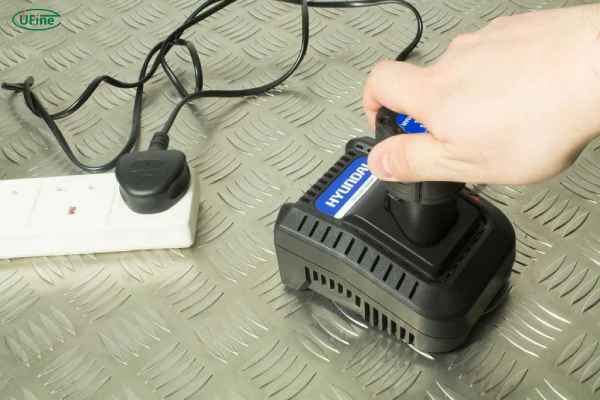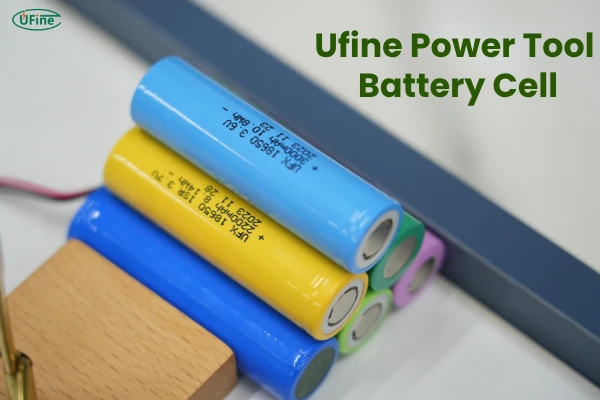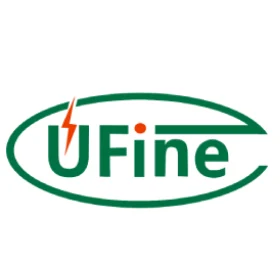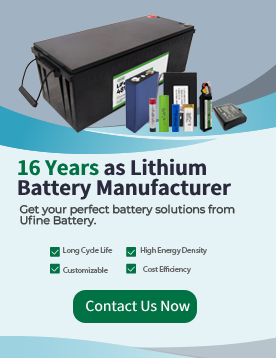A reliable power tool battery is essential for anyone using cordless tools, whether for professional work or DIY projects. However, improper charging habits can lead to shorter battery life, weaker performance, or even dangerous situations. In this guide, we’ll explore everything from battery types and charging methods to common mistakes and best practices. By the end, you’ll know exactly how to charge your power tool battery for maximum performance and longevity.
Part 1. Types of power tool batteries: which one are you using?
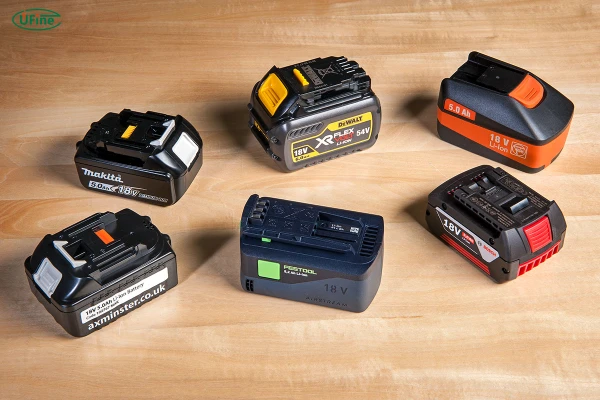
Nickel-Cadmium (NiCd) Batteries: The Fading Workhorse
- Chemistry: Nickel oxide hydroxide and metallic cadmium electrodes
- Voltage: 1.2V per cell (typically 12V-18V packs)
- Energy Density: 40-60 Wh/kg
- Memory Effect: Significant – requires full discharges
- Temperature Range: -20°C to 60°C (-4°F to 140°F)
- Cycle Life: 500-1,000 cycles
- Current Market Share: <5% of new tools
Nickel-Metal Hydride (NiMH) Batteries: The Transitional Technology
- Chemistry: Hydrogen-absorbing alloy and nickel oxyhydroxide
- Voltage: 1.2V per cell
- Energy Density: 60-120 Wh/kg
- Memory Effect: Moderate – benefits from occasional full cycles
- Temperature Range: -10°C to 45°C (14°F to 113°F)
- Cycle Life: 300-500 cycles
- Self-Discharge Rate: 15-20% per month
Lithium-Ion (Li-Ion) Batteries: The Modern Standard
- Chemistry: Lithium cobalt oxide (LCO), NMC, or LiFePO4 cathodes
- Voltage: 3.6-3.7V per cell (18V=5 cells)
- Energy Density: 100-265 Wh/kg
- Memory Effect: None
- Temperature Range: 0°C to 45°C (32°F to 113°F) for charging
- Cycle Life: 500-1,500 cycles (varies by chemistry)
- Self-Discharge Rate: 2-3% per month
Need help choosing? Contact our battery experts
Optimal Charging Parameters by Battery Type
| Parameter | NiCd | NiMH | Li-Ion | LiFePO4 |
|---|---|---|---|---|
| Charge Voltage | 1.4-1.5V/cell | 1.4-1.5V/cell | 4.2V/cell | 3.65V/cell |
| Charge Rate | 0.5-1C | 0.5-1C | 0.5-2C | 0.5-1C |
| Cutoff Method | -ΔV | -ΔV | CC/CV | CC/CV |
| Trickle Charge | 0.05C | Avoid | Never | Never |
- Li-Ion charged at 1C retains 92% capacity after 500 cycles vs. 85% at 2C
- NiMH batteries show 40% longer life when charged at 0.3C vs. 1C
- All chemistries lose 20-30% more capacity when regularly charged above 45°C (113°F)
Part 2. How to charge various types of power tool batteries?
Each battery type has unique charging requirements to maximize efficiency and lifespan. Here’s how to charge them correctly:
1. Charging NiCd and NiMH Batteries
- Use a charger specifically designed for NiCd or NiMH chemistry.
- Avoid overcharging; remove the battery once it’s fully charged.
- For NiCd, fully discharge before recharging to reduce memory effect.
- For NiMH, avoid full discharge to prevent capacity loss.
2. Charging Li-ion Batteries
- Use a smart charger that stops charging once full.
- Avoid fast charging frequently, as it can shorten battery life.
- Keep batteries cool during charging to prevent overheating.
3. Charging LiFePO4 Batteries
- Use a charger that matches the battery’s voltage and current specifications.
- Avoid overcharging, as it can degrade battery health.
- Store at partial charge (40-60%) for long-term storage.
Ufine Battery offers custom battery solutions with built-in safety features to prevent overcharging and overheating.
Part 3. Fast charging vs. slow charging
Fast charging is convenient but can negatively impact battery lifespan. Let’s compare:
| Feature | Fast Charging | Slow Charging |
|---|---|---|
| Charging Time | Shorter | Longer |
| Battery Lifespan | Shorter (more stress) | Longer (gentler charging) |
| Heat Generation | Higher (risk of overheating) | Lower |
| Convenience | High | Lower |
When to Use Fast Charging?
- When you need a quick power boost.
- If the battery supports high-speed charging without damage.
When to Use Slow Charging?
- For extending battery life.
- When charging overnight or when time isn’t an issue.
Many Ufine Battery custom solutions integrate fast and slow charging options for optimized performance and longevity.
Part 4. How does the charger affect battery performance? How to choose?
Critical Charger Specifications Often Overlooked
- Voltage Tolerance: Should be within ±1% of battery rating
- Current Ripple: <5% for Li-Ion, <10% for NiMH
- Temperature Monitoring: At least one NTC sensor
- Communication Protocol: Some brands (Milwaukee, DeWalt) use digital handshaking
- Reconditioning Modes: For NiCd/NiMH maintenance
Features of a Good Charger
✅ Smart technology to prevent overcharging.
✅ Compatible voltage and current output.
✅ Temperature regulation to prevent overheating.
✅ Auto shut-off when the battery is full.
Laboratory Test Results (Power Tool Institute 2024):
| Charger Type | Avg. Efficiency | Temp Rise (°C) | Cycle Life Impact |
|---|---|---|---|
| Basic $20 Charger | 78% | 18°C | -25% |
| Mid-Range $50 | 88% | 12°C | -10% |
| Premium $100+ | 94% | 8°C | ±5% |
Ufine Recommendation: For our custom batteries, we recommend chargers with:
• Multi-stage CC/CV charging
• Isolated DC-DC converters
• OLED displays for diagnostics
Part 5. Charging mistakes that kill your battery early
To make your power tool battery last longer, avoid these common mistakes:
❌ Overcharging – Causes excessive heat, degrading battery cells.
✅ Solution: Use a smart charger with auto shut-off.
❌ Deep Discharging (for Li-ion & LiFePO4) – Drains the battery to dangerous levels, reducing capacity.
✅ Solution: Recharge before reaching low voltage limits.
❌ Using the Wrong Charger – Mismatched voltage or current can overheat or damage the battery.
✅ Solution: Always use a compatible charger.
❌ Charging in Extreme Temperatures – High heat or cold can damage battery cells.
✅ Solution: Charge in a temperature-controlled environment.
Part 6. Advanced troubleshooting: beyond basic fixes
Battery Won’t Charge? Try These Fixes
- Check the charger: A faulty charger can be the issue.
- Inspect battery contacts: Dirty contacts prevent charging—clean them with alcohol.
- Battery is too cold/hot: Let it return to room temperature before charging.
- Battery is dead: If old, it may need replacement.
Detailed Failure Analysis Table
| Symptom | Diagnostic Steps | Professional Repair Options | Ufine Solution |
|---|---|---|---|
| 30% Runtime Loss | Measure cell IR (should be <100mΩ) | Replace high-IR cells | Custom high-current cells |
| Won’t Charge | Check PCB fuses (often 30A SMD) | BMS replacement | Smart BMS upgrade |
| Swelling | Check gas composition (GC-MS) | Immediate disposal | Safer LiFePO4 alternative |
| Voltage Sag | Load test at 2C discharge | Cell matching & repacking | Precision-balanced packs |
Part 7. Maximize your battery’s life & performance
🔹 Use a quality charger – Cheap chargers can damage your battery.
🔹 Avoid full discharges – Recharge when the battery reaches 20-30% (for Li-ion).
🔹 Store at the right charge level – Li-ion batteries last longer when stored at 40-60%.
🔹 Keep batteries clean and dry – Moisture and dirt can cause performance issues.
🔹 Use battery-powered tools regularly – Keeping batteries active prevents degradation.
For custom battery solutions, including longer-lasting, high-performance lithium batteries, contact Ufine Battery today!
Related Tags:
More Articles
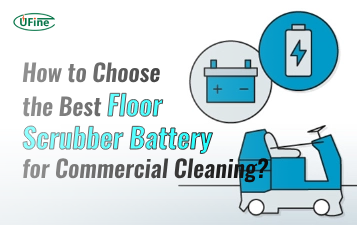
How to Choose the Best Floor Scrubber Battery for Commercial Cleaning?
Selecting the ideal floor scrubber battery ensures a long runtime, rapid charging, and minimal maintenance for efficient commercial cleaning operations.
Battery for Blower vs Battery for Leaf Vacuum: Which One Should You Choose?
Battery for blower vs leaf vacuum—learn the key differences in power, fit, and runtime to choose the right battery for your outdoor tool needs.
How to Choose the Right Battery for Blower?
Choosing the right blower battery? Consider voltage, capacity, chemistry & usage. This guide helps match the best battery for peak performance.
How to Choose the Best Insulated Battery Box for Lithium Batteries?
Choosing the Best Insulated Battery Box for Lithium Batteries? Discover key factors such as size, material, and safety for optimal protection and performance.
7 Critical Elements on a Lithium Battery Shipping Label
What must be on a lithium battery shipping label? Learn 7 key elements to ensure safety, legal compliance, and correct handling across all transport modes.
